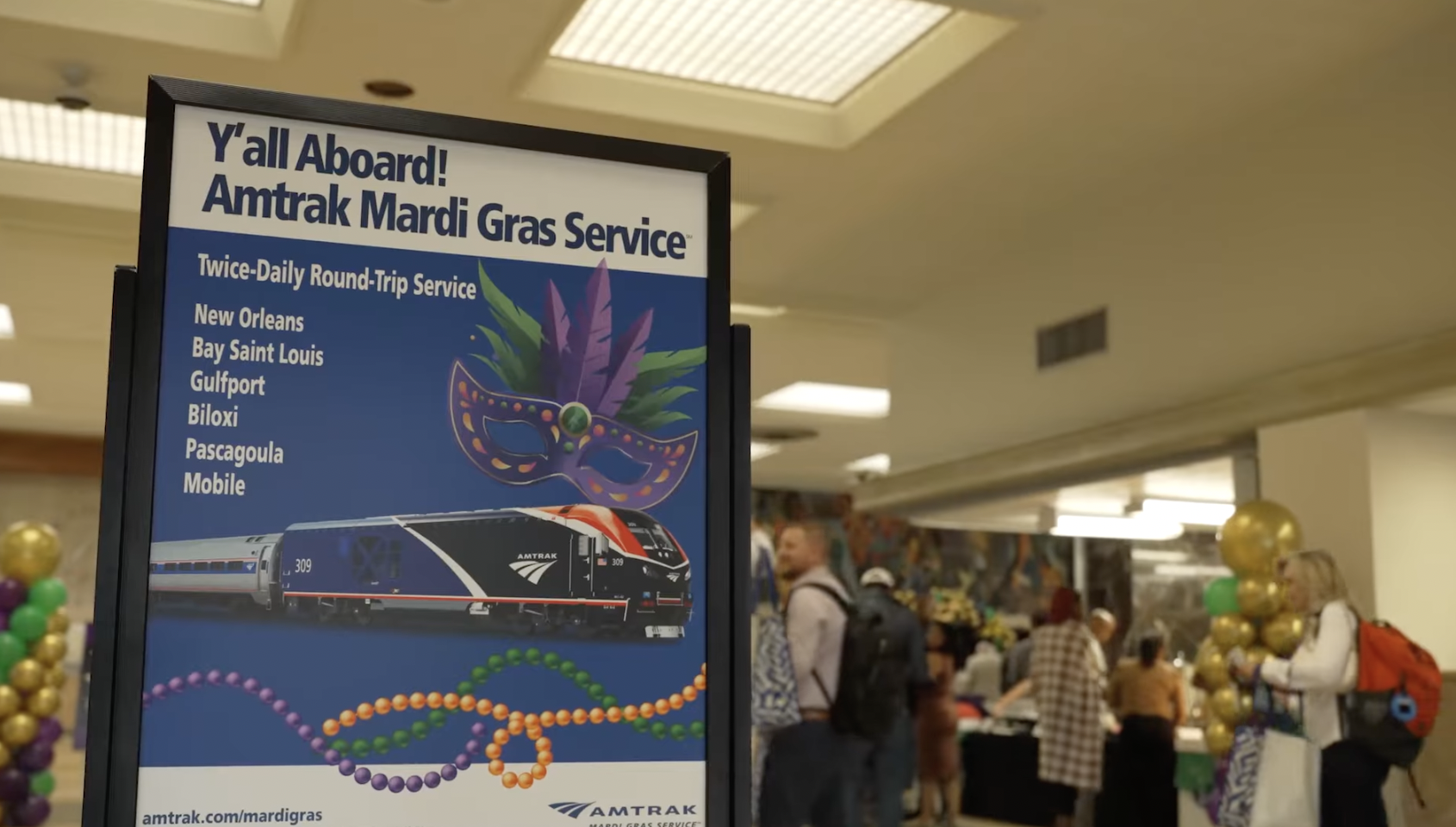Mark Reutter, author of the industrial tome Making Steel and a veteran editor of Railroad History, can safely be called an expert on the train industry. And in a new memo for the Progressive Policy Institute, he is issuing a warning to the Obama administration on its high-profile push for high-speed rail.
 California's high-speed rail project, above, got $2.25B last month for a line expected to cost at least $40B. (Photo: CAHSRA)
California's high-speed rail project, above, got $2.25B last month for a line expected to cost at least $40B. (Photo: CAHSRA)If high-speed rail thinkers can be divided into two
schools of thought -- one envisioning an all-in push for nationwide
service, as epitomized by U.S. PIRG, and another preferring to focus on building out one or two successful systems -- Reutter is strongly in the latter camp.
He argues that the U.S. DOT misspent its first round of high-speed rail funds by focusing too much on upgrades of existing Amtrak line that are not expected to top 150 miles per hour, putting most U.S. projects a cut below true bullet trains in Europe and China.
Reutter asks why Florida and California -- the only two states pursuing dedicated passenger rail lines that reach international speed standards -- did not receive more significant amounts of money, and he lays the blame at the feet of the Federal Railroad Administration (FRA):
There was no precedent for what it had been tasked to do byPresident Obama. Awarding high-speed passenger projects was a newresponsibility for which the agency was largely unprepared andunequipped.
Because it lacked personnel with backgrounds in HSR, the FRA fellback on what it knew best – conventional railway operations – toevaluate grant applications from the states. And the state applicationswere mostly dusted-off commuter-rail or incremental Amtrak projects,because most state DOTs have no more experience in executing HSRprojects than the federal government.
Out of this confluence of modest state applications chasing humbleFRA guidelines came a welter of small-scale upgrades – fixing signalsystems here and adding a new siding there – that collectively dolittle to advance a new mode of intercity travel in America.
We have to do better.
Will Reutter's criticism sway the course of future federal rail investments? Much may depend on how quickly infrastructure companies move forward with new factories and other job-creating work in states with bullet-train money to spend. If the private sector holds off until Florida and California can show that their rail projects are fiscally viable in the long term, the next round of $2.5 billion in high-speed grants may well look more targeted.





